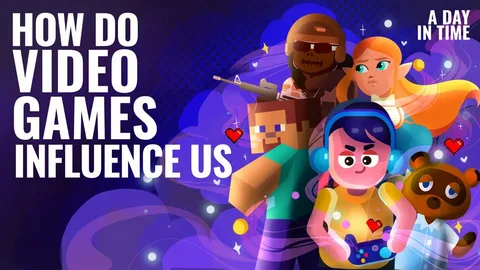Storytelling has always been a powerful way to share ideas, values, and experiences. In recent years, video games have become one of the most innovative storytelling mediums, blending traditional narrative elements with interactive design to create something truly unique.
Unlike books or films, games give players agency. Choices made during gameplay can change outcomes, leading to branching storylines and multiple endings. This interactivity creates a sense of ownership over the narrative, making the story more personal and memorable.
Game designers also use visual and environmental storytelling to immerse players. A ruined cityscape, a haunting soundtrack, or subtle dialogue cues often reveal as much as cutscenes or text. These layers of detail invite players to interpret and connect with the story on their own terms.
Communities add another dimension. Fans gather to discuss theories, share alternate playthroughs, and analyze hidden details. This ongoing conversation turns a single-player experience into a collective one. Online hubs like pragmatic11 reflect how digital platforms enhance the way stories are shared, extended, and reimagined.
Perhaps most importantly, games are tackling deeper themes—identity, morality, survival, and human connection. By putting players into the heart of these dilemmas, games encourage empathy and reflection in ways passive media cannot.
As technology advances, the boundary between player and story will continue to blur. Artificial intelligence, adaptive dialogue, and virtual reality are paving the way for narratives that respond uniquely to every individual, making the future of storytelling in games more dynamic than ever.
